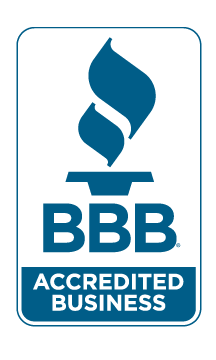Introduction
At Legacy Agent, we uphold integrity as the cornerstone of our business. It's about offering a promise of security, honesty to our clients, and maintaining a transparent relationship with our Independent Marketing Organization (IMO).
The Importance of Integrity in Selling Life Insurance
Our role extends beyond providing insurance; it's about guiding clients with sincerity and professionalism. We are committed to understanding their needs, offering suitable policies, and prioritizing their well-being.
Collaborating with Our IMO
A key part of our operations is the relationship with our IMO, built on mutual respect and openness. This includes honest communication about strategies and performance to align with our IMO's expectations and standards.
Addressing Chargeback Debt Proactively
An often overlooked but critical aspect of our business is the management of chargeback debt. When an insurance policy lapses or is canceled, it can result in a chargeback, where the commission paid to the agent is reversed. This situation needs prompt attention.
The Importance of Timely Resolution
Resolving chargeback debt swiftly is crucial for several reasons. Firstly, it reflects our commitment to financial responsibility and integrity. Delay in addressing chargeback debts can strain our relationships with both our IMO and carriers.
Consequences of Procrastination
Procrastinating in resolving chargeback debts can have serious repercussions. It can impact an agent's carrier appointment, potentially leading to suspension or termination. Furthermore, unresolved debts can affect an agent's license and may hinder the ability to get appointed with other carriers. This not only affects the agent's credibility but also our agency's reputation.
Our Commitment to Proactive Management
At Legacy, we emphasize the importance of addressing any financial obligations promptly. We encourage our agents to communicate openly with both our IMO and the carriers about any potential chargeback situations. By doing so, we can find solutions and maintain the integrity of our financial dealings.
Conclusion
Integrity in our business is not just about honesty in our interactions; it's also about responsible financial management. We are dedicated to upholding these values in every aspect of our work, ensuring our actions reflect our commitment to trust, responsibility, and professionalism.











